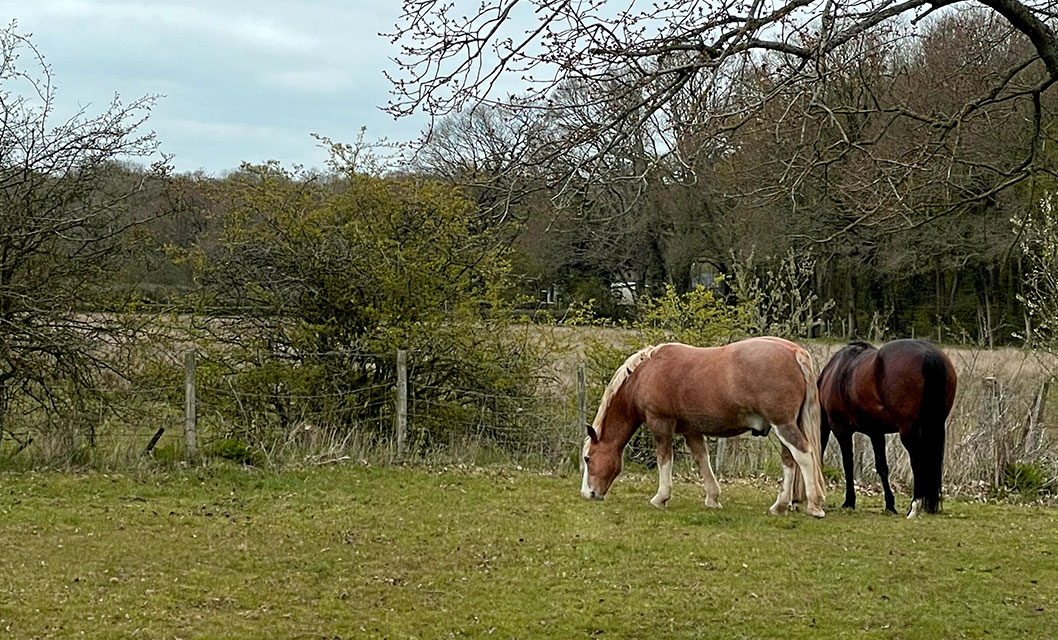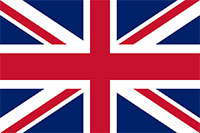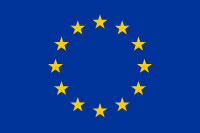
Equine Obesity – Should We Be Concerned?
Equine obesity has become a major concern for horse owners and professionals all over the UK, with many owners now struggling to identify their horse as being overweight. It can lead to life threatening diseases and conditions such as laminitis, colic and has destructive consequences on the skeletal structure and the immune systems of horses, and this is why it is our role as horse owners to tackle the equine obesity epidemic. So, what has caused it and what can we do to help; we take a look.
The Distorted Image of a Healthy Weight
Many people place the blame for a distorted image of a healthy weight on the showring, as we see rounded quarters and cresty necks being placed higher and higher in the placings, but it seems unfair to place the whole blame here.
With the number of leisure and companion horses having increased over recent years, many people now treat and view them as part of the family. This leads to horses being overly indulged and not exercising as much as they need to in order to maintain a healthy weight. This less active lifestyle leads many horses and ponies to become obese.
As we’ve mentioned before, obesity in horses and ponies can cause health conditions that are potentially life threatening, such as equine metabolic syndrome (EMS) which causes an inability to regulate blood insulin levels which consequently leads to laminitis. EMS can be treated by dietary management and exercise but if this does not resolve it then medical therapy can be used. Usually, correction of diet is all that is needed to help maintain a healthy weight and control EMS, so it is vitally important that we get on top of this issue before we see many more horses developing conditions such as this.
Show judges may form part of the problem, rewarding obesity in the show ring and distorting the perception of what is an acceptable and healthy weight for a horse, but they are not the whole problem. Judges and professionals such as vets and farriers can and should offer advice and warnings to owners when horses are considered overweight or obese, to help motivate owners to seek or provide help for their horse in order to achieve a sustainable and healthy weight.
What can we do about Equine Obesity?
Professionals such as Tazmin Furtardo, who has PhD in equine obesity, explains that horses are now living in an environment that enables them to become overweight and stay at an unhealthy weight. Owners and professionals need to work together towards creating a healthy environment for horse to live in, which assists horses in maintaining a healthy weight. It’s our responsibility to them to do this.
So, here are our top tips on helping your horse to lose weight, and maintain a healthy weight once they’re there.
1. Weight Management
Weight management simply means managing the horse’s weight to either maintain a healthy weight, or increase/decrease to become a healthy weight. Many horse owners may feel peer pressure to avoid using weight management practices such as muzzling or limiting feed portions as it is considered cruel or unnecessary by others, which leaves the owners reluctant.
Weight management practices such as not putting a rug on your horse when they are outside, muzzling, exercise and dieting are all beneficial in helping your horse and pony lose weight and help maintain a healthy weight and should not be viewed as a cruel punishment when used in the right way.
Livery yard owners and managers should try to play their part too, by providing low grass areas for horses who require a limited grazing. Support from professionals such as vets and farriers is also important with weight management, by advising an owner when their horse is overweight and advising a weight management strategy to help bring the horse back to a healthy weight.
2. Diet and Nutrition
Another way to encourage weight loss is through diet and nutrition. Just like when we go on a diet, calorie counting for a horse is essentially just limiting the amount they are eating and monitoring their intake by measuring feed or limiting their grazing. This helps a horse lose weight and or help maintain a healthy weight. The added complication for horses, however, is that they do need to consume food regularly to maintain a healthy digestive function. So feeding low calorie feeds and soaked hay will help to keep them eating plenty of fibre but not consuming as many calories.
If you are unsure where to start with your horse’s diet to make sure they receive enough nutrients, but still calorie deficient the best thing to do is to speak to an equine nutritionist who will be able to advise you for your own horse.
3. Exercise
Exercise helps decrease the total body fat as horses will use their food intake for energy, and when exercising this fat is used for energy and burned off. It doesn’t have to be high intensity, even walking can help to burn extra calories and fat.
Something as simple as long lining or lunging a few times a week can help to make a difference, especially for companion and leisure horses and ponies who are not regularly ridden. For horses who are in work, but still need to lose weight, it’s best to try and mix up the type of work they are doing with schooling and hacking to work different muscle groups and stop them from getting used to a certain activity.
4. Maintenance and Condition Scoring
Condition scoring is used to assess and score the condition and weight of a horse and when checked regularly, it can give insight into whether the horse is maintaining a healthy weight. Owners will be able to notice changes more quickly by regularly setting aside some time to actually assess their horse’s condition, rather than rely on seeing them daily. Condition scoring encourages owners to look at key areas where fat pads are common such as the neck, behind the shoulder and over the quarters.
Many nutrition companies will also run yard days where they bring a weight bridge to your yard so you can actually weigh your horse too. This does give a much more accurate picture of their weight, rather than relying on your eye.
How does TheraPlate fit in?
The TheraPlate uses patented technology to provide Vortex Wave Circulation Therapy to users. It’s used all over the World by professionals and is supported by veterinarians, chiropractors, physiotherapists and rehabilitation specialists. It can be used by overweight horses and ponies as part of a daily regime for weight loss and maintenance.
For more information on the TheraPlate and how you could use it for your horse, please do get in touch with us on hello@theraplateltd.com or 0800 955 2016.
As horse owners and equine professionals, we all play our part in helping to manage a reduce equine obesity, because at the end of the day, we are the reason horses live the way they do. We have adapted and moulded them over many years and it is our responsibility to keep them in a way which is healthy for them. Horse owners have a duty to their own animals, but professionals have a place to offer advice and guidance to help horse owners who may have lost sight of their horse’s healthy weight.



Recent Comments